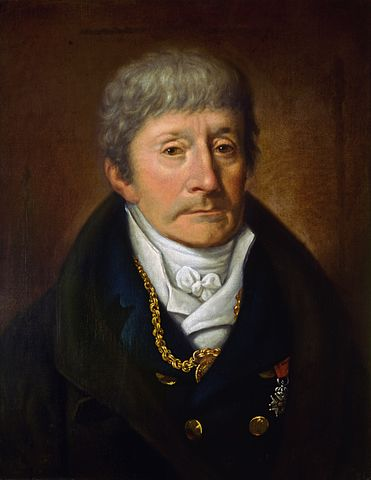Beginning in early 1799 or so, Beethoven began studying dramatic and vocal composition with Antonio Salieri — at the time the most influential musician in Vienna. It seems that Beethoven had ambitions to write opera, and that would require mastering Italian prosody.

It was to Antonio Salieri that Beethoven dedicated his Opus 12, a set of three Violin Sonatas —the first of ten eventual compositions for violin and piano that today constitute one of the cornerstones of violin literature.
All three of Beethoven’s Opus 12 Violin Sonatas have just three movements. In Violin Sonata No. 1, a playful Allegretto is followed by an enchanting Andante theme and variations that is easily the highlight of the work.
In “Beethoven’s Chamber Music” Angus Watson writes: “The third variation, in A minor, is as turbulent as a lovers’ quarrel: triplets battling with quadruplets, extreme dynamic contrasts, off-beat sforzandi and violent chords from each instrument in turn. But all is forgiven in the beautifully crafted fourth variation, marked dolce, with the theme almost hidden in flowing piano textures and tenderly suggested in the violin descant. Most magical of all is the pianissimo coda, an additional variation in its own right.”
#Beethoven250 Day 103
Violin Sonata No. 1 in D Major (Opus 12, No. 1), 1797–98
San Diego-born violinist Anne Akiko Meyers and Japanese pianist Akira Eguchi (@Akira__Eguchi) at the Phillips Collection in Washington D.C.